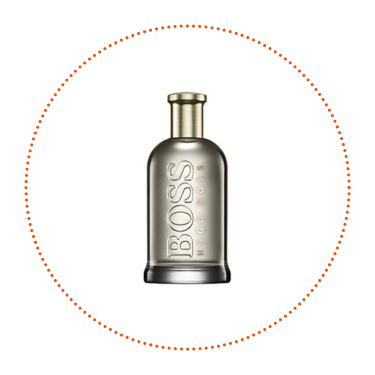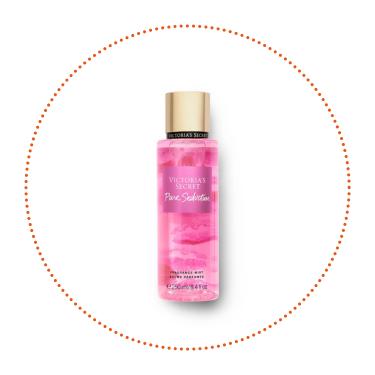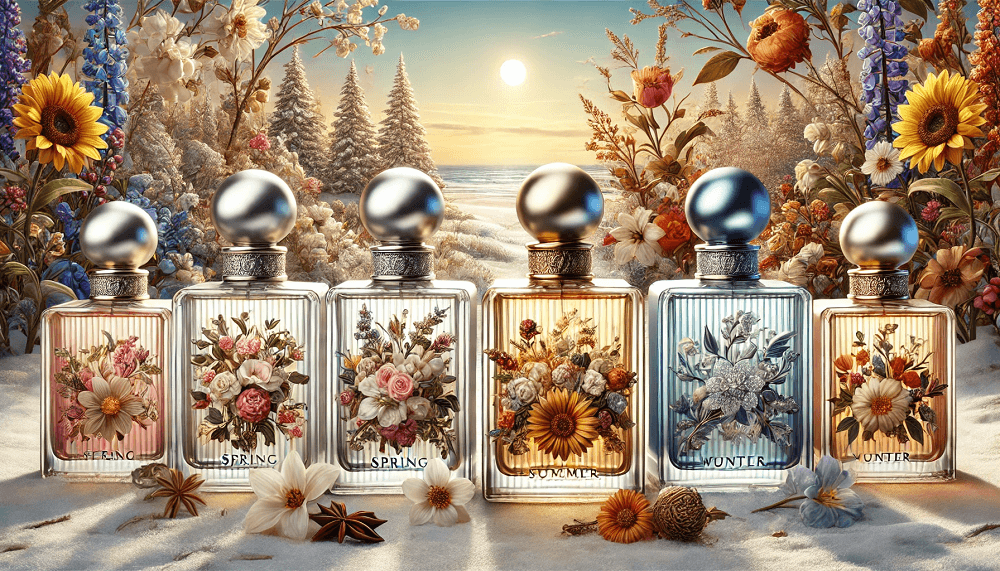How Perfume is Made?
What is perfume?
Perfume is anything that is used to mask unpleasant smell/odour. It has been in existence for several billion years. The extraction and manufacturing process has undergone refinement and evolution, but the idea remains the same. Perfume is not just used to mask body odour, but is also widely used in soaps, food, religious items, lotions, candles, cleaning products, and much more.
Ingredients that go into making perfume:
It is mostly made of essential oils extracted from plants, flowers, spices, gums, resins, fruits. Sometimes animal extract is used in some perfumes like castor from beavers, musk from deer and ambergris from whales. Coal, coal tar, petroleum, and other petrochemicals can also be used to make perfumes. Moreover, synthetic chemicals are also used to make fragrances that mimic natural fragrance and even new original scents are created. Synthetic fragrances protect animals from being killed for their oils and also help in case plant harvest turns out bad. The fragrance is attained through extraction of oil from these ingredients and diluting it with solvents, water and alcohol in varied ratios to attain varied scents.
Common Natural Ingredients
Rose petals
Myrrh
Frankincense (also called Olibanum)
Jasmine
Oakmoss
Sandalwood
Vanilla
Citron
Common Synthetic Ingredients
Aliphatic aldehydes used in Chanel No. 5
Calone
Ambergris (reproduced synthetically)
Iso E Super
Hedione
Indole
Musk (synthetically produced
The manufacturing process:
EXTRACTION:
First, the scent is extracted from a varied range of ingredients through a number of processes. Flowers, leaves can be steamed and pressed for oil extraction; expression is another method used, wherein flowers/plants are pressed until oil is released from them. Greasing the ingredients with warmed fats also leads to the release of oil. This is called Maceration. Steam distillation can be done where the ingredients are first boiled and then steamed for the oil to come out. Industrial methods include solvent extraction where plant parts are dissolved in benzene and exposed to ethyl alcohol. Thereafter, the alcohol is burned off for the perfume oil to remain. Enfleurage is another technique for which flowers are spread on glass sheets that are greased with fat and each sheet is placed between wooden frames in tiers. Here, the flowers are rotated, flipped, and changed by hand until the grease has absorbed their fragrance.
BLENDING:
A perfumer is then tasked with deciding the blends for the perfume oils to be mixed with water and alcohol to create the particular exclusive scent. Such a professional is also called “nose” given his superiority in smelling and making distinctions in scents. He decides the ratio in which the oils are to mixed. Most full perfumes contain 10-20% perfume oil mixed with 70-80% alcohol. Colognes are lighter and contain only 3-5 % of perfume oil, 80-90% alcohol and remaining water. Many ratios and variations can be created depending on the pricing for the product, a particular scent to be replicated and other factors.
AGING:
Yes, perfumes are aged just like wine. This is done for several weeks, months or even years sometimes. This requires perfume to kept in a dark, cool place. It helps the oils and alcohol to blend well. The perfumer is then tasked with testing the perfume to determine the strength of smell. This has 3 categories: top notes, central notes and base notes. Top notes have a tangy, citrus smell. Central notes are more commonly adaptable like jasmine and rose. Base notes are sharper like woody smells which are more enduring. A combination of notes can be used to make one-of-a-kind fragrances.
QUALITY CHECK:
This is a very important step, as brands cannot have varied smelling scents in the same perfume range. This is difficult to obtain, given the natural ingredients used cannot be controlled to this large extent. Sometimes, the harvest is spoilt, sometimes weather conditions differ for the same variety of plant. Sometimes, the same plants growing in varied topographies can yield varied oils. Another problem is with animal extracted oils, which endangers the species and is more difficult to obtain. Therefore, naturally manufactured perfumes have to undergo an extensive quality check to maintain the same standard scent throughout the range.
Synthetic perfumes become a saviour in this scenario. Synthetic chemicals eliminate the need for natural extraction and make the process even throughout for the range of perfume. Even though natural oils are more desirable and expensive, synthetic perfumes can help maintain regular quality while also saving species and costs.
Perfume24x7 has a vast range of perfumes, deodorants, perfumes mists, and kids perfume as well.










Leave a comment